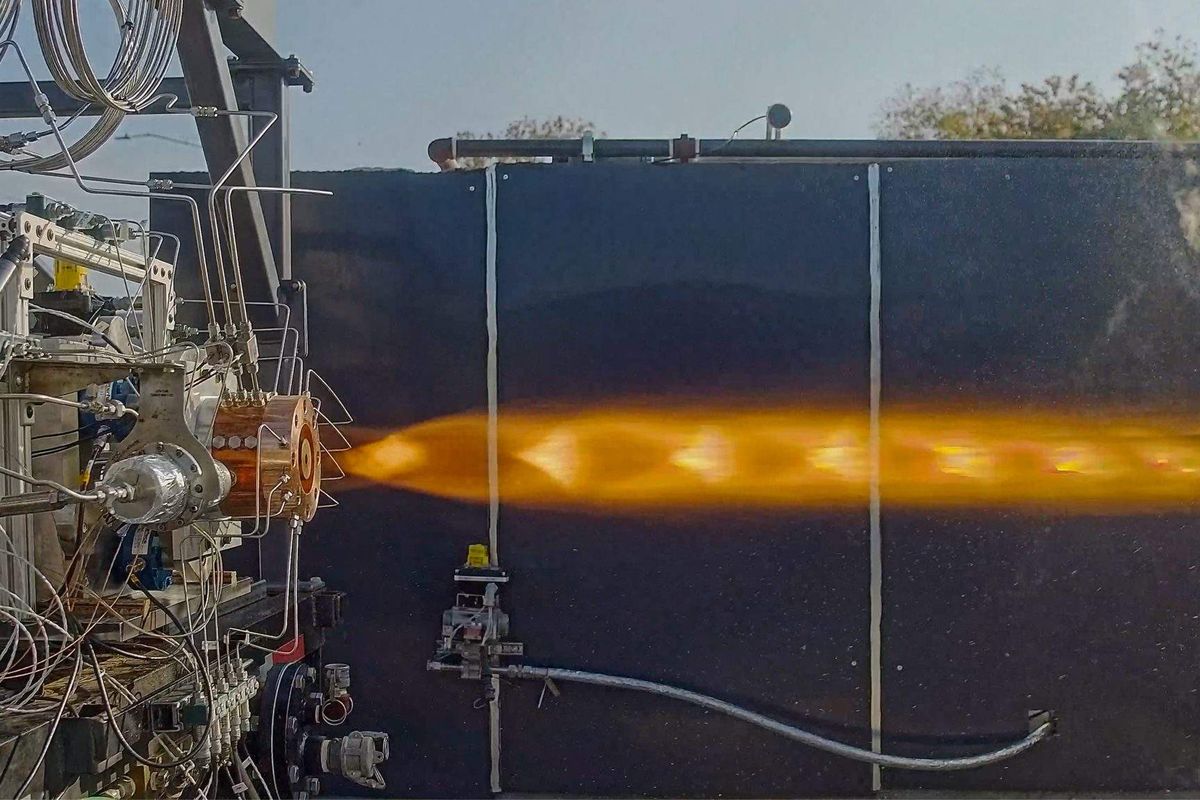Op-Ed: Black-owned businesses are making history in Texas, across America
guest column
In recent years, our small business community has weathered a global pandemic, persistent supply chain issues, sometimes volatile prices, and a tight labor market—and Black-owned businesses in our state have faced disproportionate impacts from these pandemic challenges.
Despite those headwinds, Black-owned businesses across Texas are fueling one of the largest and most diverse waves of new business creation America has ever seen—what President Biden calls America’s Small Business Boom.
As we mark America’s 48th national celebration of Black History Month, the SBA is highlighting Black-owned businesses’ achievements here in Texas and throughout the nation. The past three years have been the three strongest years of new business formation in American history.
The 16 million new business applications filed during this period show Americans starting businesses at nearly twice the rate—86 percent faster—compared to the pre-2021 average. During that time, U.S. small businesses have created more than 7.2 million net new jobs. And Black-owned businesses are responsible for some of the most significant gains.
The Invest in America agenda is powering the Biden Small Business Boom, and unlike many economic recoveries of the past, this one includes entrepreneurs of color. One of the reasons for that is the SBA’s Community Navigator Pilot Program (CNPP). This innovative hub-and-spoke partnership connected hundreds of community organizations around the country - like the U.S. Black Chambers of Commerce and the National Urban League - with entrepreneurs, helping them make the most of SBA resources. “The SBA CNPP allowed the
Houston Area Urban League Entrepreneurship Center to leverage existing partnerships with organizations that offered services to socially and economically disadvantaged business owners and women-owned businesses,” states Eric Goodie, Executive Vice President of the Houston Area Urban League. “Through the CNPP we provided comprehensive business planning and support, e-commerce technical assistance, financial and credit education, opportunities for business networking, access to capital and procurement opportunities,while providing assistance with obtaining various business certifications. We also found theSBA Lender match portal to be a critical resource in the capital acquisition process."
Under Administrator Isabel Guzman, the SBA has also delivered record-breaking government contracting for small businesses—including the most federal contracting dollars going to Black-owned businesses in history. And we’re addressing longstanding gaps in access to capital for Black entrepreneurs, more than doubling our small business loans toBlack-owned businesses since 2020.
These investments are making a big impact. Black business ownership is growing at the fastest pace in 30 years. The share of Black households owning a business doubled between 2019 and 2022. In 2023 alone, Census data showed Americans filed 5.5 million new business applications across the country, including over 500,000 here in Texas. That success is creating a rising tide. Black wealth is up a record 60 percent from before the pandemic, and Black unemployment has reached historic lows since 2021.
The SBA also understands that the work must continue. Black entrepreneurs and other historically underserved communities still face obstacles accessing capital. That's why President Biden and the SBA are committed to ensuring that anyone with a good idea can pursue that opportunity, and the Small Business Boom speaks to that success. We're helping more Americans than ever access the funds they need to realize their dreams of small business ownership – and that means more jobs, more goods and services, and more resilient communities, no matter the zip code.
To learn more about SBA resources, entrepreneurs are invited to join the SBA Houston District Office as it teams up with the Emancipation Economic Development Council and dynamic community organizations to celebrate Black History Month. The organizations will host the Resources to Empower Entrepreneurs event at the Emancipation Cultural Center on Wednesday, February 28, and will feature discussions surrounding resources, funding, and training available for small business owners.
------
Mark Winchester is the SBA Houston District Office's acting district director.





 2025 Houston Innovation Awards winners revealed at annual eventThe 2025 Houston Innovation Awards winners have been revealed. Courtesy photo
2025 Houston Innovation Awards winners revealed at annual eventThe 2025 Houston Innovation Awards winners have been revealed. Courtesy photo